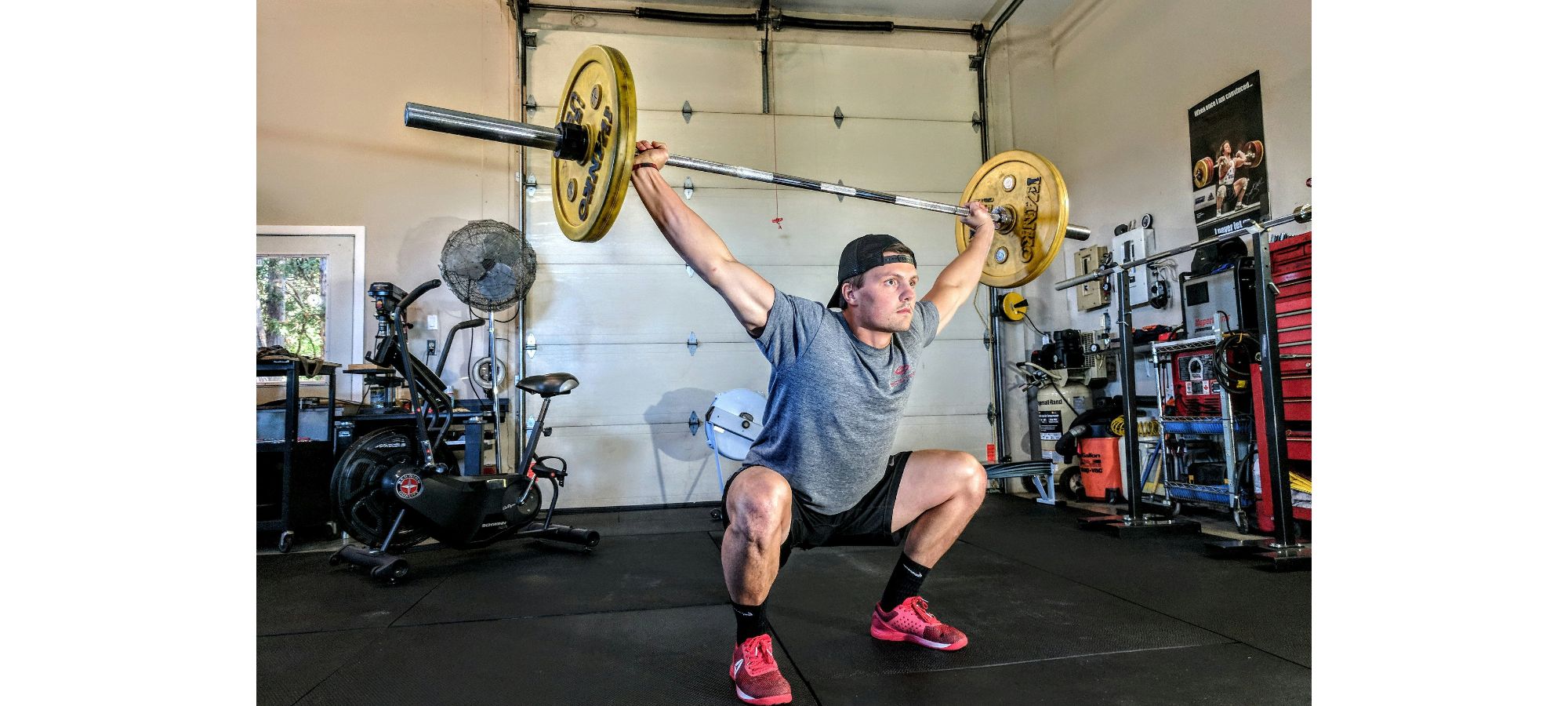A Review of This Popular CrossFit and Olympic Weightlifting Exercise
The snatch is a dynamic and powerful Olympic weightlifting movement that involves lifting a barbell from the ground to overhead in one fluid motion. This complex exercise not only demands strength but also requires coordination, balance, and technique. Let’s delve into the primary muscles worked during the snatch and how to perform it safely to maximize benefits and minimize risks.
Muscles Worked During the Snatch
The snatch is a full-body movement that engages multiple muscle groups. Here’s a breakdown of the primary muscles involved:
1. Leg Muscles
- Quadriceps: These muscles are heavily engaged during the initial lift-off from the ground and the catch phase.
- Hamstrings: They assist in the explosive movement and stabilization throughout the lift.
- Gluteus Maximus: Provides power for the explosive extension of the hips.
2. Core Muscles
- Abdominals: Engage to stabilize the torso during the lift.
- Obliques: Assist in maintaining balance and proper form.
- Erector Spinae: These muscles in the lower back are crucial for maintaining an upright posture during the lift.
3. Upper Body Muscles
- Deltoids: The shoulder muscles are heavily engaged during the overhead press portion.
- Trapezius: This muscle helps in shrugging the shoulders to get under the bar.
- Latissimus Dorsi: Assist in the pulling phase and stabilize the bar overhead.
- Rhomboids and Rotator Cuff Muscles: Stabilize the shoulder and maintain proper scapular positioning.
4. Arm Muscles
- Biceps and Triceps: These muscles stabilize the arms during the catch and hold the bar overhead.
- Forearm Muscles: Engage to grip the bar securely.
Steps to Perform the Snatch Safely
To execute the snatch safely and effectively, follow these steps:
1. Setup
- Stand with feet shoulder-width apart, toes slightly pointed out.
- Position the barbell over the middle of your feet.
- Grip the bar with a snatch grip, which is usually slightly wider than shoulder-width.
2. Starting Position
- Lower your hips and bend your knees while keeping your chest up and back flat.
- Ensure your shoulders are slightly in front of the bar.
- Look straight ahead or slightly upward to maintain a neutral spine.
3. First Pull
- Push through your whole foot, lifting the barbell from the ground.
- Keep the bar close to your body and maintain a flat back.
4. Transition (Second Pull)
- As the bar passes your knees, explosively extend your lower body—hips, knees, and ankles (known as the triple extension).
- Shrug your shoulders and pull the bar upward with your arms.
- Keep the bar close to your body and reach full extension with your hips, knees, and ankles.
5. Third Pull and Catch
- As the bar reaches its highest point, pull yourself under the bar.
- Rotate your wrists and elbows to catch the bar overhead.
- Land in a deep squat position with the bar directly overhead.
6. Recovery
- Stand up from the squat position while keeping the bar overhead.
- Ensure your body is fully extended and balanced before lowering the bar.
Snatch Variations
1. Hang Snatch
- Start from the hang position, where the barbell is lifted to the hips before performing the snatch.
- Focuses on the second and third pull, helping to improve explosiveness and technique.
2. Muscle Snatch
- Lift the barbell from the ground to overhead without dropping into a squat.
- Emphasizes upper body strength and pulling power.
3. Dumbbell Snatch
- Perform the snatch with a dumbbell instead of a barbell.
- Great for unilateral training and improving shoulder stability.
4. Kettlebell Snatch
- Similar to the dumbbell snatch but performed with a kettlebell.
- Engages the core and stabilizing muscles more due to the kettlebell’s unique weight distribution.
5. Snatch Balance
- Start with the barbell on your shoulders and perform an overhead squat by dropping under the bar.
- Enhances your ability to stabilize and catch the bar overhead.
Tips for Safe Execution
- Warm-Up Properly: Ensure your muscles are adequately warmed up with dynamic stretches and light cardio.
- Start with Light Weights: Focus on mastering the technique before increasing the weight.
- Use Proper Equipment: Ensure you have appropriate footwear and use a barbell that rotates smoothly.
- Seek Professional Guidance: Consider working with a certified coach or Physical Therapist like the team at South Island Physiotherapy to learn the correct form and technique.
- Listen to Your Body: Avoid pushing through pain. If something doesn’t feel right, stop and assess your form or consult a professional.
- Practice Mobility: Incorporate mobility exercises into your routine to improve flexibility and prevent injuries.
Common Snatch Mistakes
- Pulling with the Arms: Focus on using your legs and hips to generate power rather than relying on your arms.
- Poor Shoulder Mobility: Work on shoulder mobility exercises to ensure you can hold the bar overhead safely.
- Not Keeping the Bar Close to the Body: Keep the bar close during the lift to maintain control and efficiency.
- Incorrect Starting Position: Ensure your hips are low, chest is up, and shoulders are in front of the bar at the start.
- Inadequate Triple Extension: Fully extend your hips, knees, and ankles during the second pull to maximize power output.
Incorporating the Snatch into Your Workouts
- Strength and Conditioning Programs: The snatch is a great addition to strength and conditioning routines, promoting full-body strength and explosiveness.
- CrossFit Workouts: The snatch is a staple in CrossFit training, enhancing functional fitness and performance.
- Sets and Reps: Start with lighter weights and higher reps (3-5 sets of 3-5 reps) to focus on technique. Gradually increase the weight as you become more comfortable.
- Demo Videos: Watching exercise demonstrations from reputable sources like the National Strength and Conditioning Association can help refine your technique. But nothing really substitutes a personalized approach of a trained physical therapist like the ones we have a South Island Physiotherapy.
Conclusion
The snatch is a highly effective exercise for developing explosive power and engaging multiple muscle groups. By understanding the muscles involved and adhering to proper technique and safety guidelines, you can maximize the benefits of this dynamic lift while minimizing the risk of injury. Remember, practice and patience are key to mastering the snatch and achieving your fitness goals. Whether you’re using a barbell, dumbbell, or kettlebell, the snatch can be a valuable addition to your workout regimen, enhancing your strength, coordination, and overall athletic performance.

